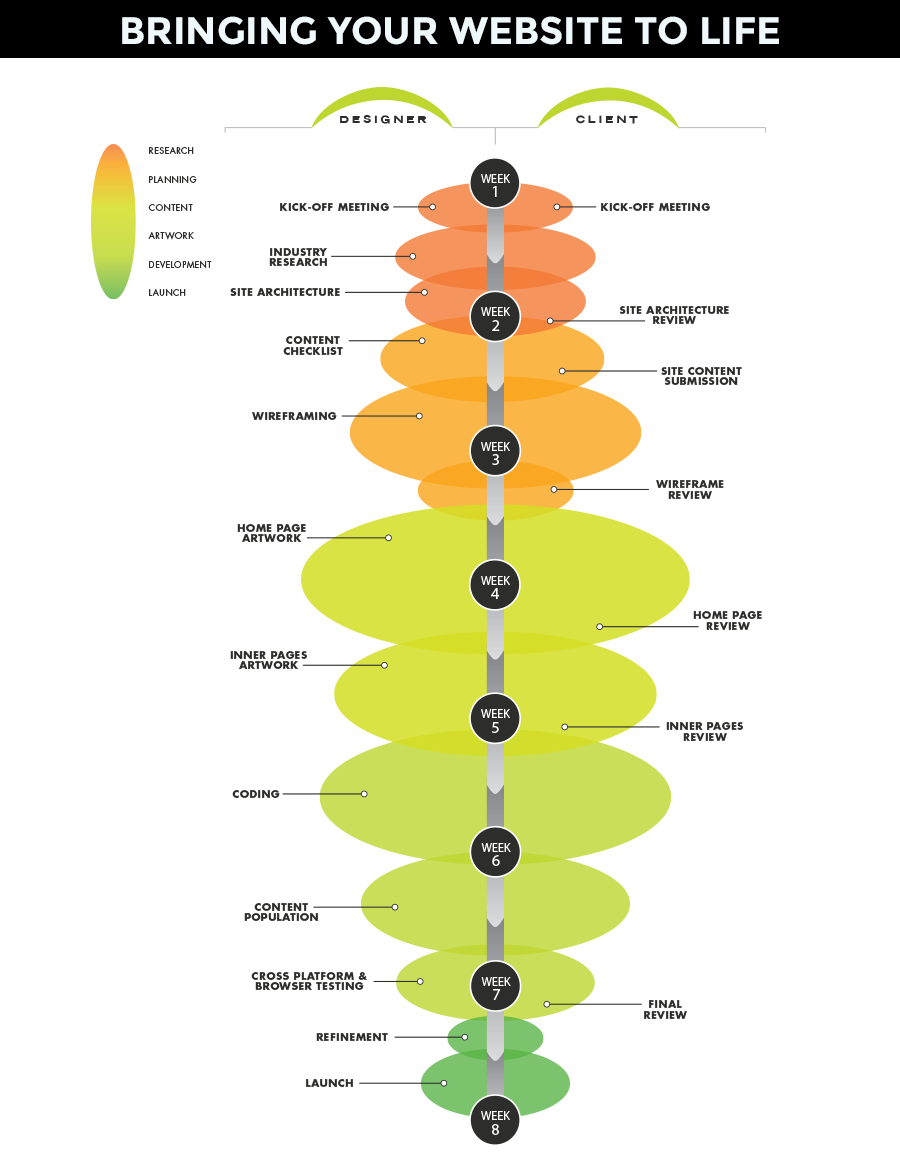
15Oct
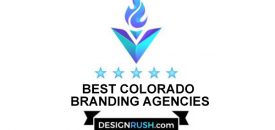
Denver, Colorado — October 15, 2021 — Designing Gig has been recognized as a Top 30 Colorado Branding Agencies in 2021 by DesignRush.
DesignRush is a B2B marketplace that connects brands with professional full-service agencies, branding agencies, web design companies, digital marketing firms, and top technology companies.
Their platform lists over 9,300 agencies from over 50 different countries and is consulted by thousands of decision-makers looking to start a project.
“I am incredibly honored that Designing Gig made DesignRush’s Top 30 Colorado branding agencies list. Recent years have brought so much growth and new businesses to Colorado, making it one of the top competitive markets in the U.S. This recognition means so much to a small Colorado branding agency like us, a team that pours its soul and passion into its creative work,” said Kristina Antic Celin, Founder and Owner of Designing Gig LLC.
Founded in 2009, Designing Gig is fast growing branding and website agency. Since its infancy it has always seen itself as a virtual agency, with its close-knit team collaborating together remotely — delivering stellar creative services to its long-term clients. A huge part of its success can be attributed to giving its clients the type of personalized attention that only small, agile teams (with big creative chops) can provide. During the pandemic, business has only grown for Designing Gig, who increased staff to accommodate the additional client workload while maintaining its reputation for excellent customer satisfaction.
Designing Gig is a full-service creative agency specializing in branding, visual identity, and website design & development that generates explosive growth and revenue in businesses through creative strategy and optimization.
###
4Jan
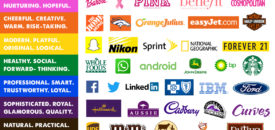
Like, it’s kind of a big deal.
Research has shown color can impact how potential customers perceive your business and its products and services. It can even encourage or discourage them from taking action.
Cue Google and the 41 shades of blue episode. You know, as in that time back in 2009 where the company invested time and money researching the exact color code combination that was most effective in making users click on text ads.
All of this suggests color can directly impact your bottom line and is one of those critical elements to meditate on thoroughly. So don’t just spin the color wheel of fortune, if you get my drift. Really think about your brand colors and how they represent you.
For example, if you want to be perceived as reliable, then blue is a great choice. Glam… go purple. Modern and fun…. consider yellow. Choose wisely, my friends, for every color carries meaning along with it.
Now let’s look at each color individually…
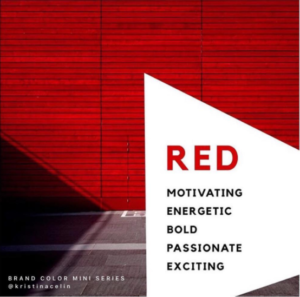
What it says about your business: Energetic, Exciting, Motivating, Passionate
It makes people: Take action, Feel hungry
Used effectively in: Fast food, Grocery stores, News channels, Video gaming
Brand examples: McDonald’s, Coca Cola, Target, CNN, Nintendo
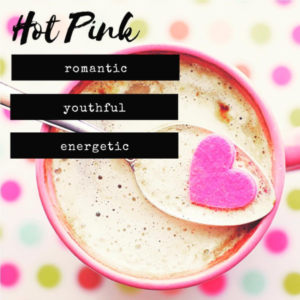 Pink
PinkWhat it says about your business: Empathetic, Nurturing, Romantic, Hopeful
It makes people: Feel attractive, Promote a cause, Feel feminine
Used effectively in: Social campaigns, Cosmetics, Salons, Fashion, Candy stores
Brand examples: Barbie, Breast Cancer Awareness, Victoria’s Secret, Benefit
* Bright pink = teenage girls market
* Dull pink = middle aged to older market
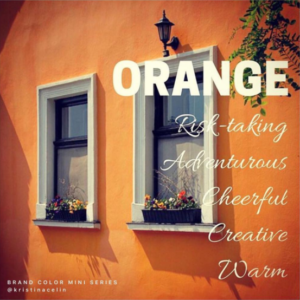 Orange
OrangeWhat it says about your business: Cheerful, Warm, Creative, Risk-taking
It makes people: Feel hungry, Feel young and adventurous, Play sports
Used effectively in: Fast food and Diners, Travel websites, Sports teams
Brand examples: Orange Julius, easyJet.com, Harley Davidson, Fanta, Nickelodeon, Broncos
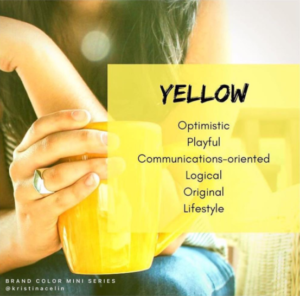
What it says about your business: Modern, Optimistic, Original, Communication-oriented, Analytical, Clear vision
It makes people: Cheerful, Playful, Inspired, Think logically
Used effectively in: Communications, Children products, Lifestyle products, Safety
Brand examples: Snapchat, Nikon, Forever 21, Sprint, National Geographic, IKEA, Best Buy
What it says about your business: Social, Forward-thinking, Healthy, Environmentally-conscious
It makes people: GO!, Think about potential, Feel healthy
Used effectively in: Financial companies, Organic products, Technology and Apps
Brand examples: Whole Foods, WhatsApp, Android, John Deere, BP, Starbucks, Subway, Xbox
* Lime green = New & fresh with potential
What it says about your business: Reliable, Intelligent, Loyal, Responsible, Professional
It makes people: Trust you
Used effectively in: Technology, Medical Industry, Politics, Legal, Accounting, Travel
Brand examples: Facebook, Twitter, LinkedIn, IBM, Dell, Ford, Blue Cross Blue Shield
What it says about your business: Sophisticated with good taste, High-quality, Royal, Majestic
It makes people: Feel glamorous and charming
Used effectively in: High-end products especially for women, Fashion, Handcrafts
Brand examples: Hallmark, Aussie, Cadbury, Colorado Rockies, Curves, Yahoo!
Gray usually gets minimum attention. No one talks about it much, likely because it is so neutral and lacks the energy that the others colors have. But I feel it has its place in the world of color selection. Gray is a “safe” color that works great when combined with other stronger colors. For example, blue + gray = credible. Gold + gray = high-quality. Turquoise + gray = high-tech. Going silver is also an option. Think: Audi and Apple.
What it says about your business: Practical, Dependable, Natural, Earthy
It makes people: Comfortable and feel homely
Used effectively in: Chocolate and other comfort foods, organic wholesome agricultural products, Outdoor services or products.
Brand examples: UPS, m&m’s, Blue Bell, Gloria Jean’s Coffees, Nutiva
What it says about your business: Sophisticated, Authoritative, Expensive
It makes people: Feel chic and mysterious; strong and in control
Used effectively in: Expensive high-end products like luxury cars and fashion
Brand examples: Lamborghini, CHANEL, Jaguar, Hugo Boss, Gucci
In terms of color usage and particularly for logos, it is always important to have a white version of your logo. White, the equal balance of all the colors of the spectrum, carries with it connotations of cleanliness, simplicity and openness. Plus, practically speaking, it’s so versatile that you can use it with ANYTHING… as in, your white logo can go against any color background, or any photo you like.
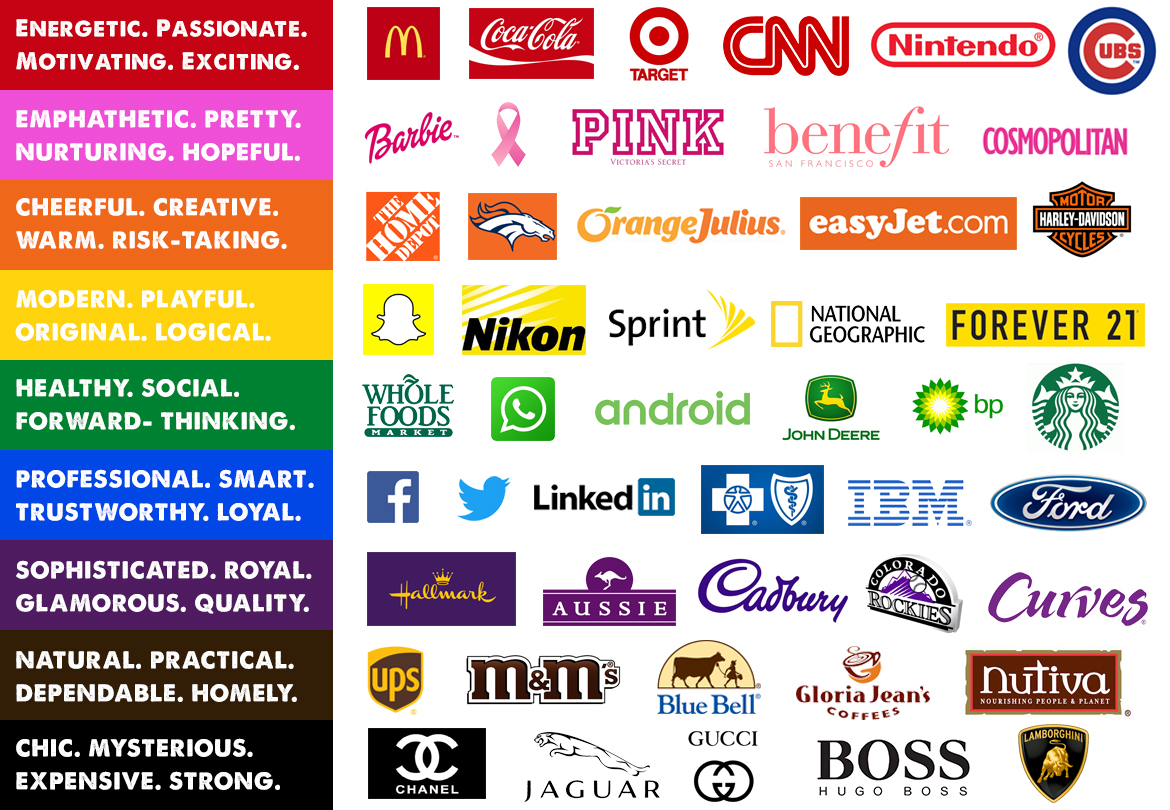
So, tell me in the comments below. What colors best fit YOUR business personality??
21Dec

The best ideas come randomly, when you’re in a relaxed or “flow” state. Walking in the park… in the shower… driving in your car… reading a magazine at the dentist’s office. Highly creative people recognize this and are always ready to pounce when that idea shows itself. Creative professionals either carry around a journal (or their phone’s notepad app) so they can write down their ideas and refer to them later when working on that big project.
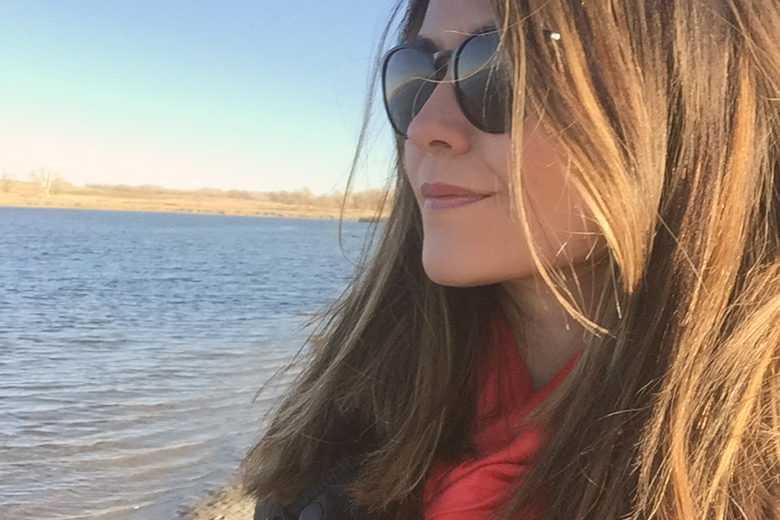
In order for a highly creative person to become successful, they need to lose all fear and worry that others will not like what they’ve produced. Especially for creative professionals, this can be extremely tricky, since one surefire way to lose fear is to detach yourself completely from your creations. However, this can lead to subpar work, since all of your creations should carry a little piece of your unique “spark” inside them.
The self-realized creative professional stays true to expressing his or her ideas, listens openly and intently to valid feedback, however is not afraid to (respectfully) challenge others, from the standpoint of creative knowledge and experience. Highly creative professionals simply do not give up. Because they know they’ll get it in the end and are not afraid of mini failures along the way.

Unless everyone else in their family and circle of friends is also a creative, chances are they’ve been hearing these sorts of phrases all their life:
“Are you sure about this career?”
“How about giving something else a try?”
“But can you really make a living doing that?”
As a result, they’ve learned how to tune everyone else out and focus on bringing their ideas to life. To others it may look like they’re daydreaming, or that they lack direction… but an open and wandering mind is a crucial part of the creative process. Soon thereafter you’ll no doubt see them “in the zone”, executing their vision like the rest of the world doesn’t even exist. This is how greatness is born. By not being afraid to bet on yourself.
Highly creative people have an intense imagination. They have the ability to see “beyond” reality, in that they can see possibilities that do not exist yet. They’re able to visualize how that sofa in the store will look in your office space. They can judge just by looking at an image whether or not it will work in the banner area of your website. They see how lighting and shadows can work to make a product photo either beautiful and interesting, or bland and boring. You may see a tree. They see a collection of geometric shapes, sizes, colors, light and shadows working together to create beauty.
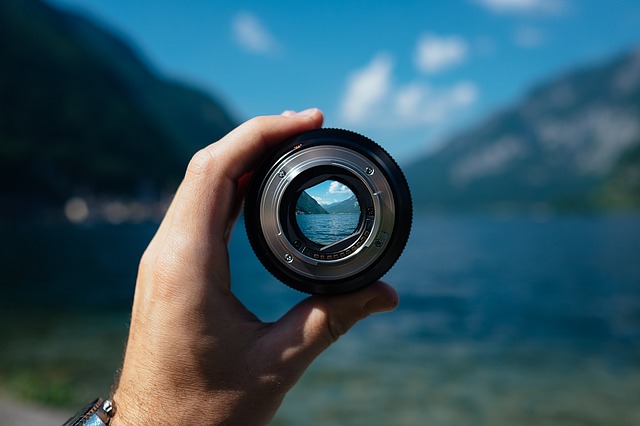
As our favorite Mario Forleo says: “it’s easier to critique a thing than it is to make a thing.“
Highly creative people don’t lose energy on straight up haters, but they do know the difference between empty criticism and constructive criticism — and you better believe they use the latter to continue improving.
22Oct
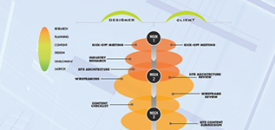
I’ve been creating websites for businesses since 2006. One of the very first questions we encounter when talking with potential customers is: “So… how do we do this?”
To help answer this question, we have designed a detailed infographic that shows precisely how the magic happens.
Since 2006, design & development techniques and best practices have both evolved a great deal. It’s true, there is so much more to consider in today’s modern web climate with mobile and tablet devices having become the norm. And in 2015, Google officially announced that more searches are happening on mobile devices than on desktop computers in the U.S. and beyond.
With all those build-your-own-website widgets out there (I’m looking at you, Go Daddy… Wix… Squarespace), many understandably think it’s a simple matter of dragging-and-dropping onto yourcompany.com, hitting “publish”–and voila! And it could be as easy as that, if you aren’t particular about:
… then yes, the process could be as simple as described above 🙂
However, if like most small-to-midsize businesses you ARE particular about how your brand is presented… and are even looking to take things to the next level, then the process of creating a new website is going to be a bit different for you. From beginning to end, you should have open back-and-forth communication and feedback opportunities with the creative working on your website to make sure it’s designed and built for maximum effectiveness. The end result being a high-quality website that impresses your target customers and becomes a critical component of your sales funnel by helping to convert leads into paying customers!
[PDF – 1.1MB]
